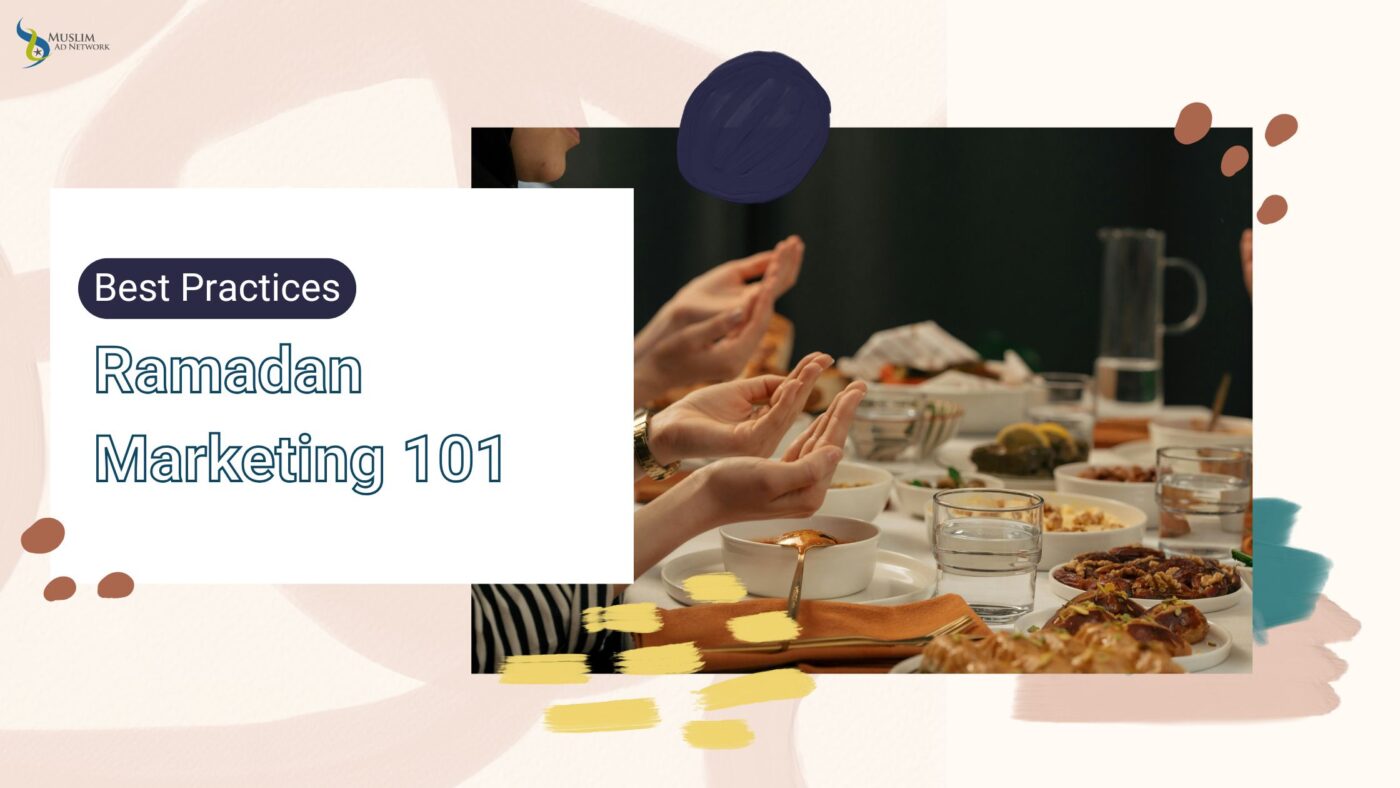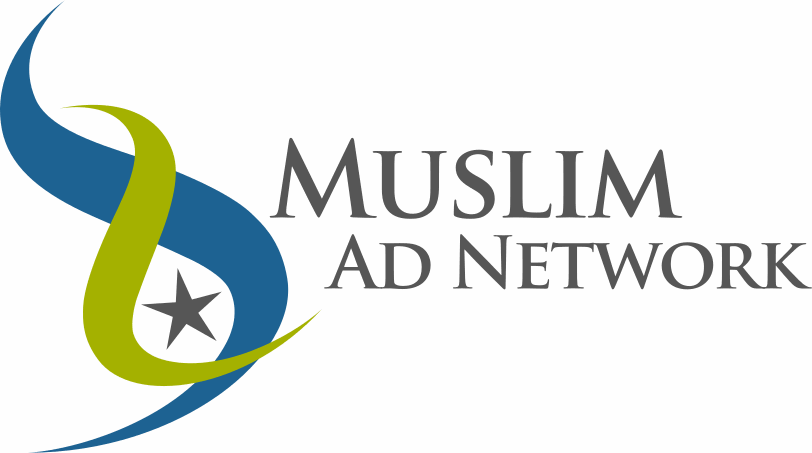
Ramadan is more than just a fasting month, it is a season of reflection, generosity, and heightened engagement. For brands looking to reach Muslim audiences meaningfully, it offers an unparalleled moment. But with opportunity comes responsibility, to market ethically, respectfully, and strategically. At Muslim Ad Network, we have spent years helping brands do exactly that. Here is a best practices guide for your Ramadan marketing strategy.
1. Understand the Unique Ramadan Consumer Journey
Timing matters. Our Kickstart Your Ramadan Marketing blog series highlights how Muslim consumer behavior begins shifting weeks before Ramadan.
- Pre Ramadan (Shaban): Many Muslims plan early, including zakat, charitable giving, meal preparation, and Eid shopping.
- During Ramadan: Engagement spikes significantly. As stated on our Ramadan advertising page, conversion rates can increase by approximately 30%, and site traffic can rise by up to 230%.
- Post Ramadan: Engagement continues through Eid and beyond. Maintaining momentum is essential, a theme emphasized throughout the Kickstart series.
Takeaway: Do not treat Ramadan as a single moment. Use a phased approach that starts early and continues after Ramadan concludes.
2. Be Culturally Respectful and Values Driven
Ramadan is a time of spirituality and reflection. Your messaging should feel authentic and aligned with the values of the month.
- Align with Ramadan values: Focus on charity, family, community, and reflection.
- Avoid tokenism: Surface level symbols without meaning will not resonate.
- Use data responsibly: At Muslim Ad Network, cultural intelligence and respectful data practices are at the core of our targeting approach.
Additional industry research supports this. Microsoft Advertising reports that brands demonstrating genuine understanding of Muslim values during Ramadan build stronger, longer lasting connections.
3. Activate Across Multiple Channels
A strong Ramadan campaign spans several channels and blends storytelling, community engagement, and direct response marketing.
a) Blogging and Content Marketing
In Kickstart Your Ramadan Marketing Part 3, we highlight blogging as one of the most effective ways to support Ramadan SEO and offer meaningful value.
Use informative content such as Ramadan tips, guides, charity information, recipes, or product bundles.
b) Social Media
Social media engagement typically peaks during Ramadan evenings. Use storytelling that focuses on community, charity, culture, and customer experiences. Authenticity performs best during this month.
c) Email and Direct Mail
Part 5 of the Kickstart series shows that email performs well when scheduled before iftar or suhoor. Segment audiences to deliver the most relevant content for donors, shoppers, and newsletter subscribers.
d) Community Building
Part 6 emphasizes creating community driven moments. Whether virtual events, partnerships, or grassroots initiatives, community touchpoints deepen trust and long term loyalty.
Browse all Ramadan related article here: https://muslimadnetwork.com/blog-posts/
4. Measure Impact, Not Only Clicks
Ramadan campaigns should be evaluated on meaningful results, not only impressions or click through rates.
Spotlight: WFP USA Case Study with Muslim Ad Network
Successful Ramadan marketing is not defined by impressions or click through rates alone. The real measure of impact comes from deeper engagement, meaningful actions, and long term outcomes. A strong example of this is our campaign with WFP USA (World Food Programme).
Key results included:
- More than 700 new donors through targeted Muslim audience outreach
- $194k raised in donations from a $10k ad spend, nearly 19.4 x ROI
- Viewability above 75 percent, stronger than the average rate in the industry
- More than 407k Muslims reached across more than 5,000 culturally relevant websites and apps
What made the campaign effective was not just the reach, but the alignment of message, timing, and cultural insight. Ramadan is a time when charitable giving increases naturally, and by pairing strong creatives that spoke to compassion and community, with precise Muslim audience targeting, the campaign delivered measurable and meaningful outcomes. This illustrates why a deeper, value focused approach to metrics is essential for Ramadan campaigns.
5. Plan for Post Ramadan and Long Term Relationships
Ramadan is not only a peak season, it can also serve as a launch point for deeper engagement.
- Sustain engagement: After purchases or donations, follow up with gratitude and impact updates.
- Evaluate results: Look at what performed well, including messages, visuals, and channels.
- Build loyalty: Apply Ramadan insights to future campaigns, including Eid, community initiatives, and year round content.
6. Ethical Considerations and Compliance
Because Ramadan is spiritual and emotionally meaningful, ethical considerations are essential.
- Be transparent: Explain clearly how funds or product revenue will be used.
- Avoid guilt based marketing: Respect the spiritual nature of Ramadan.
- Make giving accessible: For charity campaigns, keep the donation process simple and mobile friendly.
7. Use Trusted Platforms Like Muslim Ad Network
By working with Muslim Ad Network, brands benefit from:
- A purpose driven advertising platform designed specifically for businesses looking to reach Muslim audiences, backed by cultural expertise and data intelligence
- Access to our Ramadan specific creative guidance
- A proven track record of real world success, including our high ROI campaign with WFP
Summary: Your Ramadan 101 Checklist
- Plan early, including pre Ramadan and post Eid phases
- Respect core values such as generosity and community
- Use multi channel strategies
- Measure meaningful outcomes
- Build long term relationships
- Stay ethical and transparent
- Partner with experts who understand Muslim audiences
If you want to unlock the full potential of your Ramadan marketing, contact Muslim Ad Network. We are ready to help you create campaigns that resonate and deliver measurable impact.
Contact us today to start planning your Ramadan campaign.
